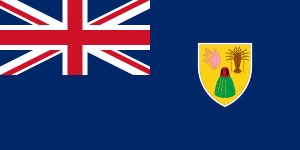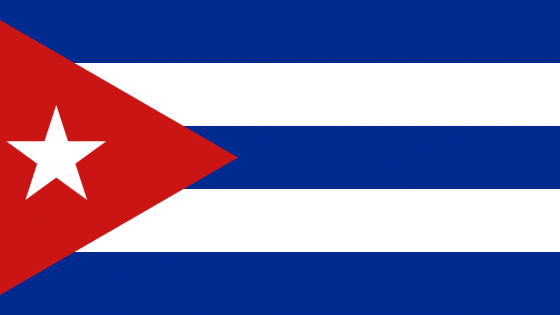
Cuba, the largest island in the Caribbean, captivates the imagination with its pastel-painted cities, vintage American cars, soulful music, and revolutionary legacy. From the rhythms of salsa and son that drift from every corner to the historical echoes of colonial forts and revolutionary murals, Cuba presents a cultural richness like no other. Blending the grandeur of Spanish colonial architecture with Afro-Caribbean spiritual traditions, Cuba offers an intricate and vivid mosaic of heritage, resilience, and identity.
Cuba’s diverse terrain stretches across tropical rainforests in the Sierra Maestra Mountains, the unique limestone mogotes of Viñales Valley, sprawling mangrove-lined wetlands such as the Zapata Swamp, and over 5,000 km of coastline fringed by white sands and coral reefs. The island supports more than 6,000 species of plants and animals, many endemic, including the world’s smallest bird, the bee hummingbird.
Historically dependent on sugarcane and tobacco, Cuba’s economy is now a complex mix of state-run enterprises and small-scale private businesses. Key sectors include tourism, which draws millions to cities like Havana and Varadero; nickel and cobalt mining; biotechnology and pharmaceutical exports; and medical services, with Cuban doctors working in over 60 countries. Economic reforms in recent years have encouraged more local entrepreneurship, particularly in the hospitality and culinary sectors.
Cuban culture is an explosion of energy, passion, and artistic expression. Music is the heartbeat of the island: salsa, mambo, cha-cha-chá, and rumba are ever-present, while Afro-Cuban religions such as Santería blend Yoruba spirituality with Catholicism. Art is often politicized, and many Cuban painters and performers use their craft to reflect both the struggles and triumphs of their society. Festivals like Havana Carnival and the Bienal de La Habana reflect the creative soul of the nation.
Cuban cuisine is a comforting blend of Spanish, African, and Caribbean influences. Signature dishes include:
Classic drinks like the mojito and daiquiri, both born in Cuba, remain island staples.
Cuba is a biodiversity hotspot with over 300 protected areas. The Zapata Biosphere Reserve is home to the endangered Cuban crocodile. Offshore, the coral reefs of Jardines de la Reina remain among the Caribbean’s most pristine, thanks to marine protection zones and eco-tourism initiatives.
Internet access and mobile connectivity have expanded significantly since 2018. New economic reforms have legalized small- and medium-sized enterprises (mipymes), opening new opportunities for Cubans in tech, services, and retail sectors. Renewable energy targets aim for 24% of Cuba’s electricity from green sources by 2030.
Cuba is gritty and poetic, joyful and introspective. It’s a land where time seems to pause—where revolution meets rhythm, hardship meets hospitality, and crumbling beauty meets creative reinvention. Whether you’re drawn by its storied past, magnetic culture, or the possibility of transformation, Cuba remains a place that stirs the soul and stretches the imagination.

